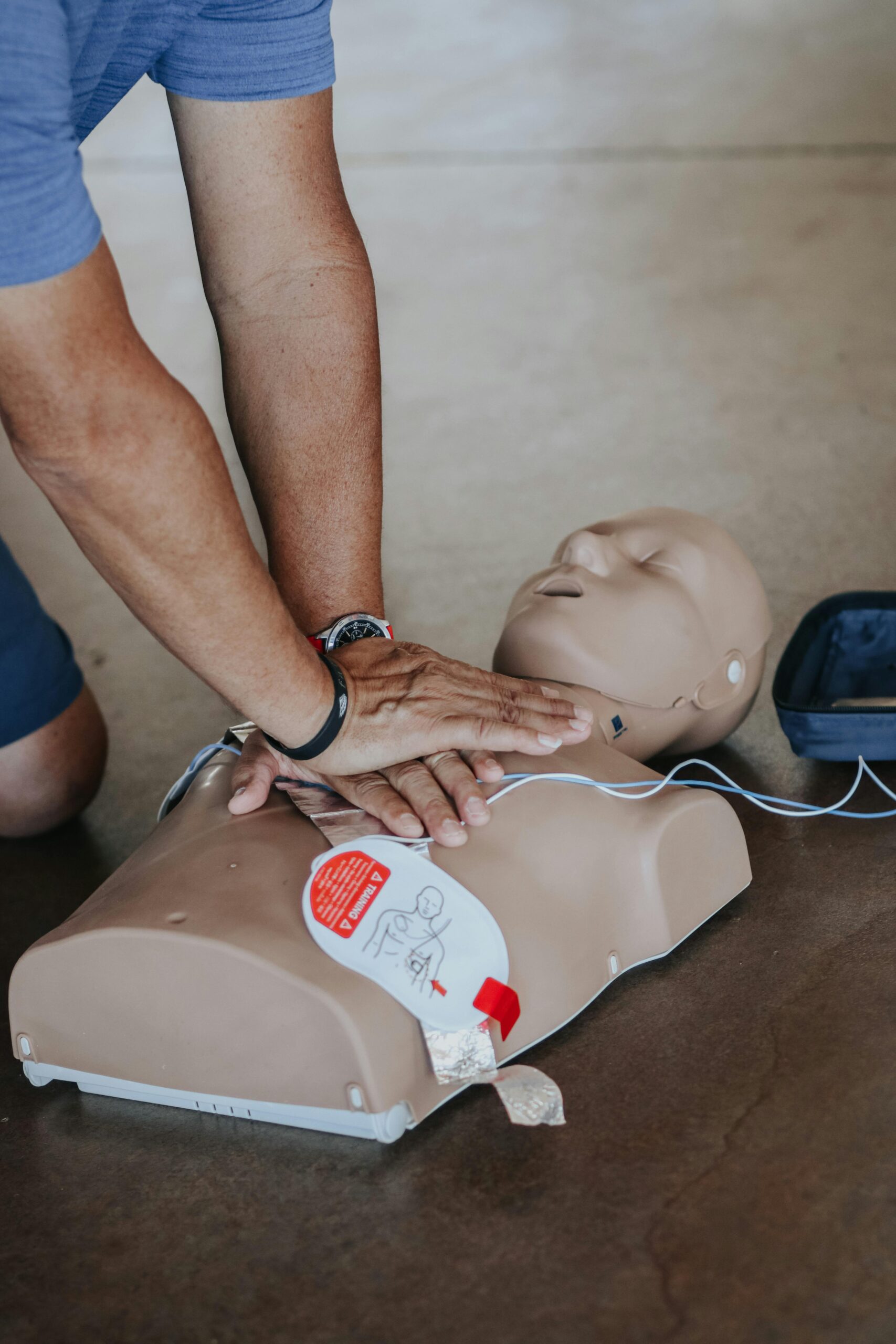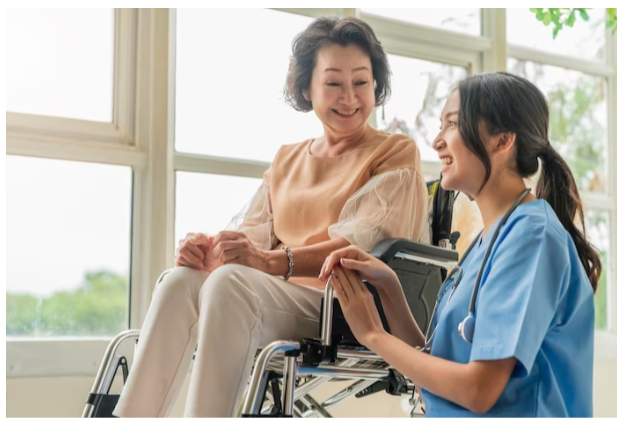The Critical Skills You’ll Master in CPR and First Aid Training
The unexpected nature of medical emergencies demands early preparedness to prevent casualties and increase survival rates. From cardiac arrests to everyday injuries, knowing how to respond during such incidents can make a significant difference. CPR and first aid training equip individuals with the essential skills needed to handle medical crises. A recent survey shows that 65% of Americans have received CPR training, and only 18% are up-to-date with their skills. Enrolling in such training will help you become an asset to the community by fostering a safer environment around you.
Let us explore the critical skills you will master through the CPR and First Aid course and its components.
The Core Learnings of CPR and First Aid Training
Comprehensive CPR and first aid training include a blend of basic and advanced lifesaving skills. As a participant, you will learn all the key components that may help you save a life and act swiftly during unfortunate accidents. The core learnings of this holistic training are:
-
Cardiopulmonary Resuscitation (CPR)
CPR is a lifesaving technique used when someone’s heartbeat or breathing has stopped. It involves manual chest compressions and artificial ventilation, often with the help of an automated external defibrillator (AED). The purpose of CPR is to restore blood flow and oxygen to the organs until professional medical help arrives.
The key skills and concepts you will learn include:
- Recognizing Cardiac Arrest: You will learn how to identify the signs and symptoms of cardiac arrest. For instance, when a person is unresponsive and not breathing, the training will teach you how to take immediate action.
- Performing Chest Compressions: You will learn the correct technique for chest compressions. This includes positioning your hands, understanding the depth and rate of compressions, and ensuring that each compression allows for full chest recoil.
- Rescue Breaths: While Hands-Only CPR is effective in many cases, you’ll also learn how to provide rescue breaths. This includes proper sealing techniques and the correct ratio of compressions to breaths.
- Using an AED: AEDs analyze heart rhythms and provide shocks when the heart stops beating. Knowing how to use an AED can significantly impact a victim’s chance of recovery during a cardiac arrest.
-
First Aid
First aid includes a broader range of skills. It provides primary care for minor injuries or sudden allergic reactions. It addresses everything from minor cuts and burns to deeper wounds or medical conditions.
Here’s what you’ll learn in CPR and first aid training:
- Wound Management: Cleaning and dressing various wounds and injuries correctly to prevent infection and promote healing.
- Burn Treatment: Techniques for addressing burns, including cooling the burn, covering it appropriately, and seeking medical assistance.
- Choking Relief: You will learn the Heimlich maneuver and back blows technique to handle choking emergencies.
- Miscellaneous Common Emergencies: First Aid training will cover the initial response to various medical emergencies such as seizures, strokes, and allergic reactions, including the use of an EpiPen.
-
Recognizing and Managing Trauma
Understanding the signs of trauma and knowing how to respond is a critical component of CPR and first aid training. It involves techniques to soothe a victim of shock while waiting for medical assistance. Signs of trauma include confusion, rapid heartbeat, and pale skin. You’ll learn:
- Positioning the Victim: The course will teach you how to lay the person down and elevate their legs to help maintain blood flow to vital organs.
- Providing Comfort and Reassurance: Offering emotional support to victims can help reduce anxiety and shock symptoms. You will learn how to communicate with the victim to alleviate their stress due to injury.
-
Environmental Emergency Response
CPR and first aid training also prepare you to tackle emergencies that may arise from adverse environmental or natural conditions. These include:
- Heat exhaustion and heatstroke treatment
- Hypothermia and frostbite management
- Response to natural disasters such as earthquakes and hurricanes
- Proper response to animal and insect bites or stings
The Benefits Beyond the Lifesaving Basics
Beyond the core skills, CPR and first aid training will help you contribute to your overall development. This training offers several additional benefits:
- Teamwork and Leadership Qualities: All the participants work together in practical sessions. The training teaches the power of teamwork, which instills leadership qualities.
- Stress Management: Having a cool head under pressure is essential in emergencies. This training teaches you how to handle stress to act quickly in high-stakes situations.
- Lifelong Skills: The participant gains a sense of responsibility for the health and safety of those around them. It helps them be aware of their surroundings to provide primary care during an emergency.
Key Takeaways
Mastering the skills involved in CPR and first aid training is an investment in both personal growth and community welfare. This training includes in-person and online learning with simulated real-life scenarios. The core components of skills range from CPR and emergency response to psychological preparedness. Renewing your certification periodically will help you keep up with the latest best practices.
Additionally, you must ensure that your certificate complies with legal standards to validate your training. Whether you work in healthcare or education or simply wish to be a responsible citizen, obtaining this training will help you make a difference.




